The Shogoin Daikon is one of Kyoto’s most respected traditional vegetables, signaling the start of the cold season. Unlike the long, skinny radishes common in other parts of Japan, this variety is famous for its large, round, globe-like shape. This article explains the special qualities that make this winter root vegetable essential to Kyoto cooking, looks at how they started it, and suggests a highly-regarded restaurant where you can enjoy its famous soft texture.
What is Shogoin Daikon?
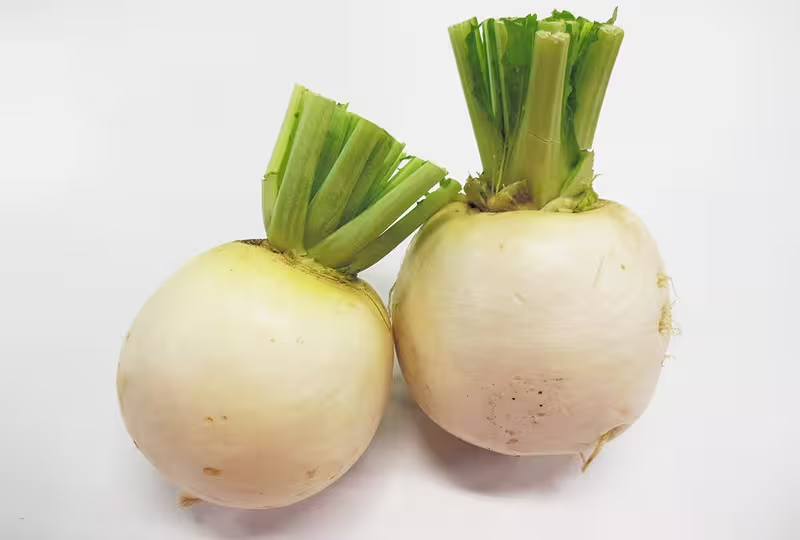
Shogoin Daikon is a type of white radish, or daikon, known for its large, round shape that looks like a turnip. It is highly valued in Japanese cooking for its superior texture and flavor. Its flesh is solid but also remarkably soft and sweet, and it does not have the bitter taste sometimes found in other radishes.
What truly sets it apart is that it has little fiber and a lot of water, which leads to a smooth, luxurious texture when cooked. This composition makes sure the radish becomes very tender but resists falling apart, even after simmering for a long time. It is the perfect ingredient for deeply flavorful stews and boiled dishes, especially the regional specialty Furofuki Daikon, where they slowly cooked and topped the thick slices with a savory miso paste. Its best season is throughout the winter, with the harvest starting around November.
Quick Look at Its Past
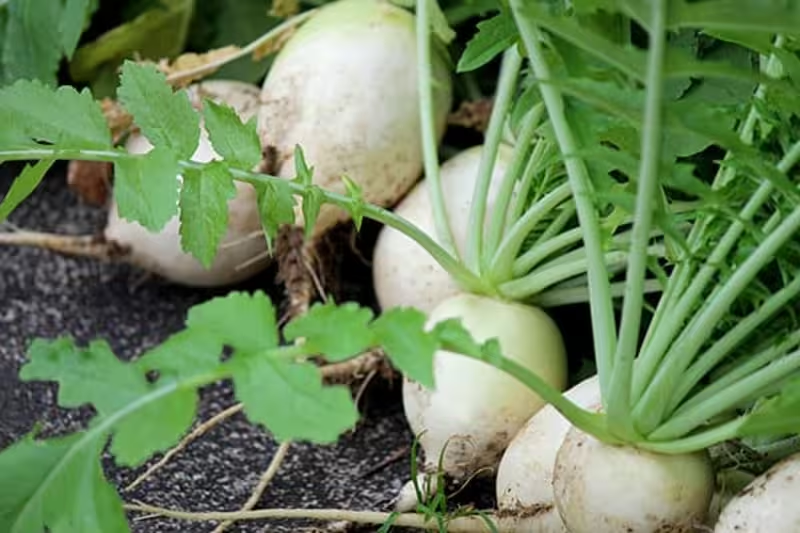
The story of the Shogoin Daikon begins in the early 1800s. The original root vegetable, the Miyashige Daikon, came from the Owari area (now Aichi Prefecture).
The distinct round shape we see today was not natural to this original radish. Instead, local farmers who grew the seed created this in the Shogoin area of Kyoto (now part of Sakyo Ward). Through careful, selective growing, these farmers focused on developing the rounder type, leading to the creation of the Shogoin Daikon. Its deep history and long tradition of being perfected in the region have earned it the official title of a “traditional Kyoto vegetable” (Kyo-yasai).
Dining in its Original Home at Kyoto
Kappou Kyo Shogoin (割烹 聖護院)
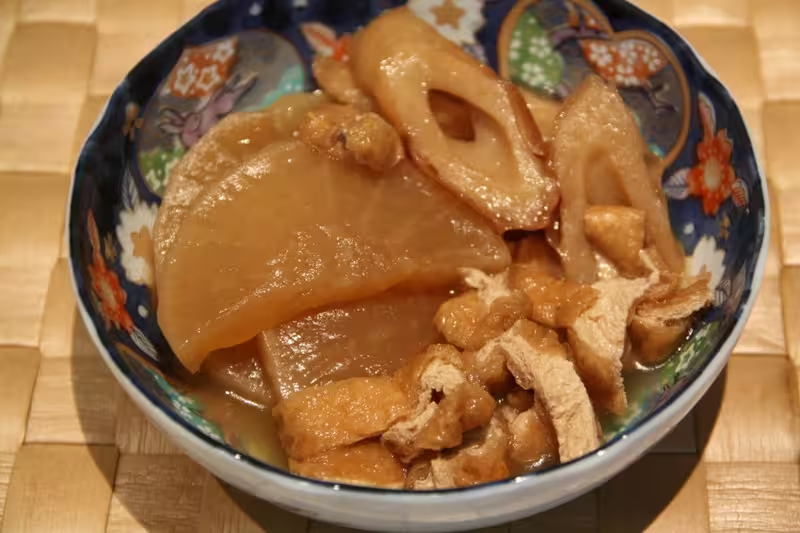
To taste Shogoin Daikon prepared perfectly, a visit to Kappou Kyo Shogoin (割烹 聖護院) offers an authentic experience, as it is located in the radish’s original namesake area. This fine dining restaurant specializes in kappou (counter-style Japanese cooking), focusing keenly on seasonal Kyoto produce.
During the winter months, their menu often features Furofuki Daikon, a dish that showcases the Shogoin Daikon’s unique cooking properties. The radish is typically cut into thick pieces and slowly simmered until it completely absorbs the rich broth, creating a soft, warm, and deeply comforting dish that perfectly captures the flavors of a Kyoto winter.
Conclusion
The Shogoin Daikon is a cherished winter food in Kyoto, celebrated for its smooth texture and mild, sweet flavor, best enjoyed when slow-cooked. Its ability to soak up flavor without losing its shape makes it essential for high-quality stews and simmered meals.
If you enjoy this gentle flavor and soft texture, you may also like other Japanese comfort foods such as Oden, Dengaku, and Chikuzenni – based on cooked root vegetables.
You can also look up in this article the different Kyoto’s traditional vegetables or popularly known as Kyo Yasai.
FAQ
- What is Shogoin Daikon?
A round white radish from Kyoto, known for its soft texture, mild flavor, and beautiful round shape. It’s one of the famous Kyo-yasai (Kyoto heirloom vegetables).
- Where does it come from?
It originated in the Shogoin area of Kyoto City and has been grown since the Edo period.
- How is it different from normal daikon?
Regular daikon is long and firm, while Shogoin Daikon is round, softer, and less spicy, making it perfect for simmered dishes.
- When is it in season?
Mainly in winter, from November to February — the best time for hot dishes and soups.
- What does it taste like?
Mild, sweet, and tender. It absorbs flavors well when cooked.
- How is it usually cooked?
Used in simmered dishes like oden or furofuki daikon, pickled (tsukemono), or in Kyoto-style vegetable soups.
- Where can tourists try it?
Traditional Kyoto restaurants, especially those serving Kyo-ryori (Kyoto cuisine) or winter dishes like oden.
- Where can I buy it?
Kyoto markets such as Nishiki Market, local grocery stores, or department store food halls (depachika) during winter.
- How do I choose a good one?
ook for a firm, heavy radish with smooth, white skin and no cracks or soft spots.
- How should I store it?
Keep in a cool, dark place or refrigerate. Once cut, wrap tightly and use within a few days.
- Is it vegetarian or vegan-friendly?
Yes. The vegetable itself is vegan, but check seasonings—some dishes use dashi (fish stock).
- Can I take it home as a souvenir?
Fresh radishes are not ideal for long travel, but pickled Shogoin Daikon (senmaizuke) is a great Kyoto souvenir.
- Useful Japanese phrases
“Is this Shogoin Daikon?” — これは聖護院大根ですか? Kore wa Shogoin Daikon desu ka?
“I’d like pickled Shogoin Daikon, please.” — 聖護院大根の漬物をください。 Shogoin Daikon no tsukemono o kudasai.
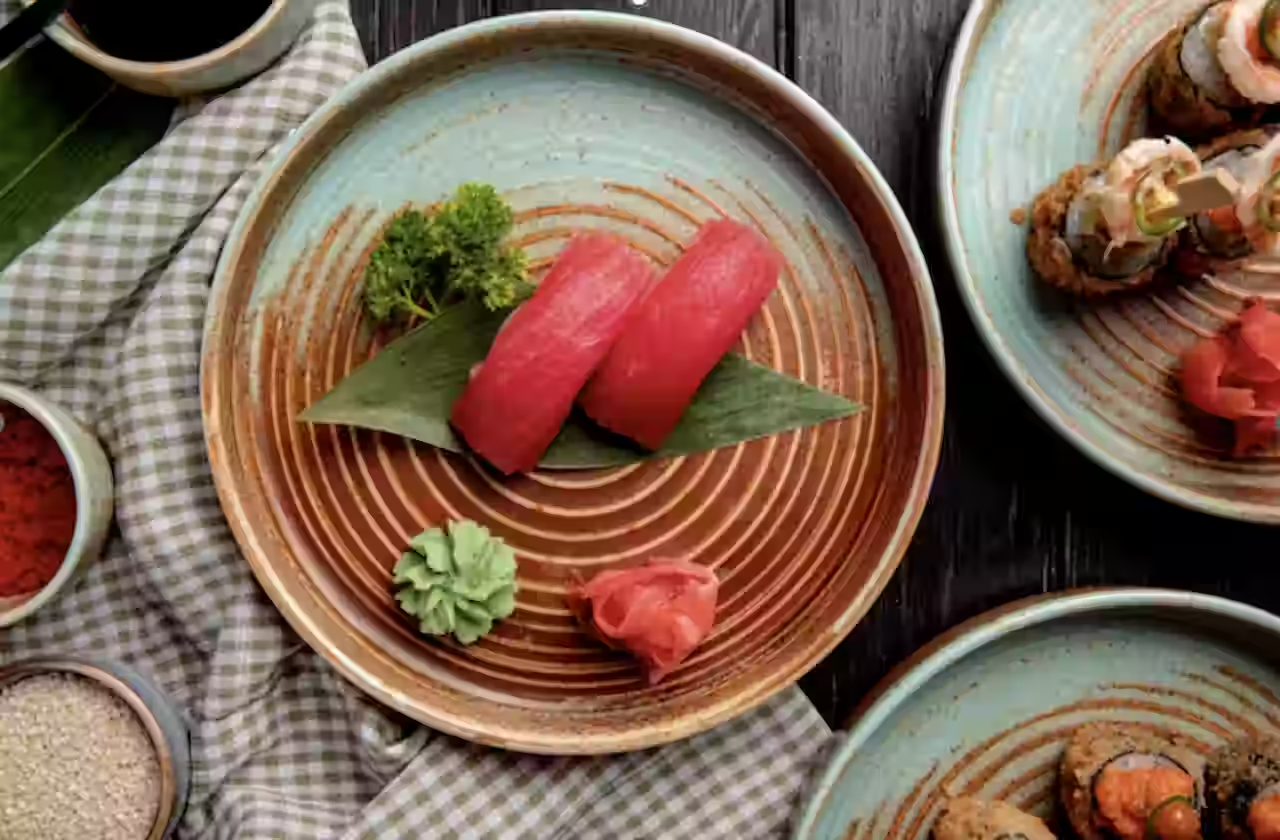
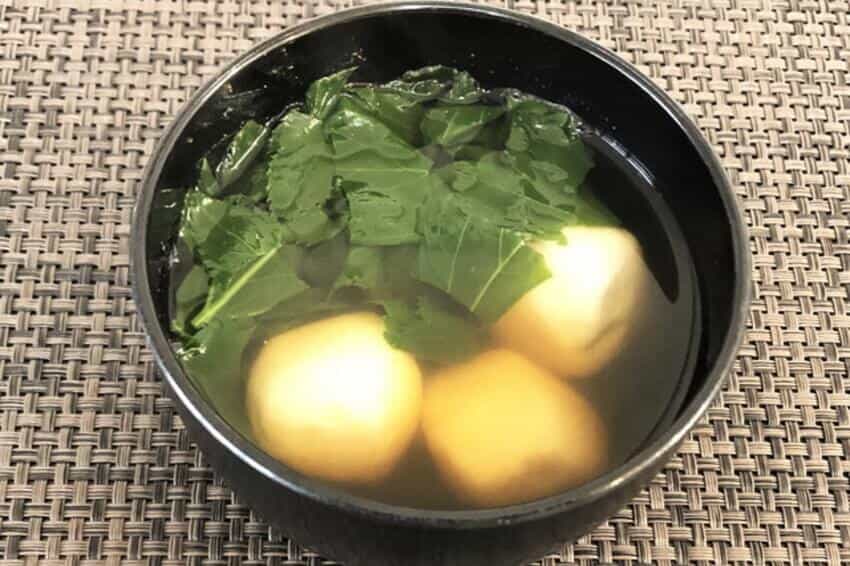
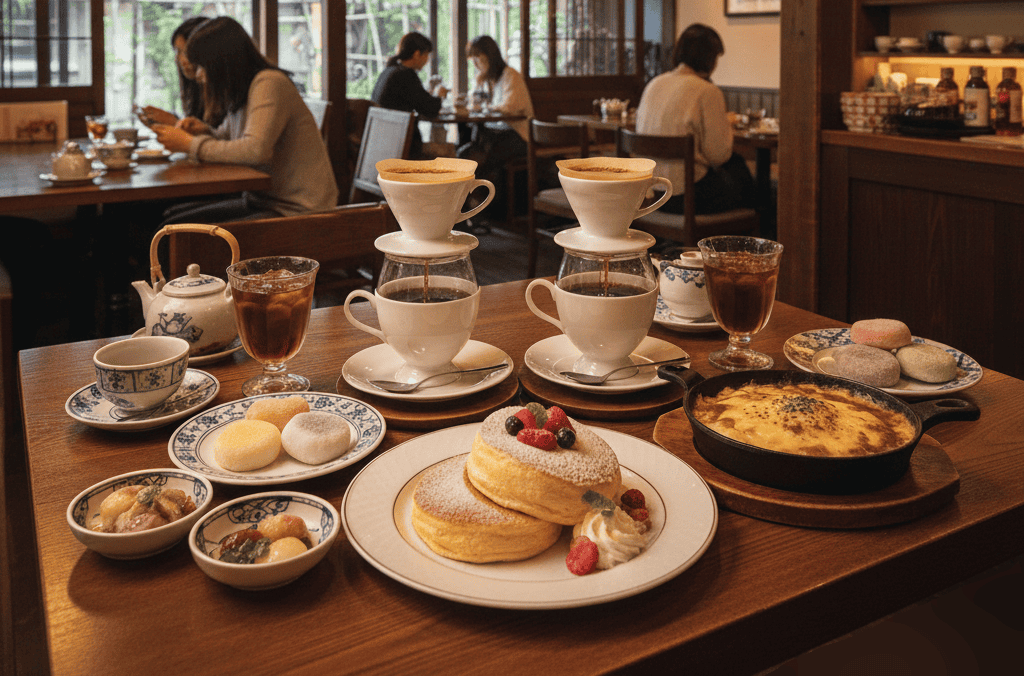

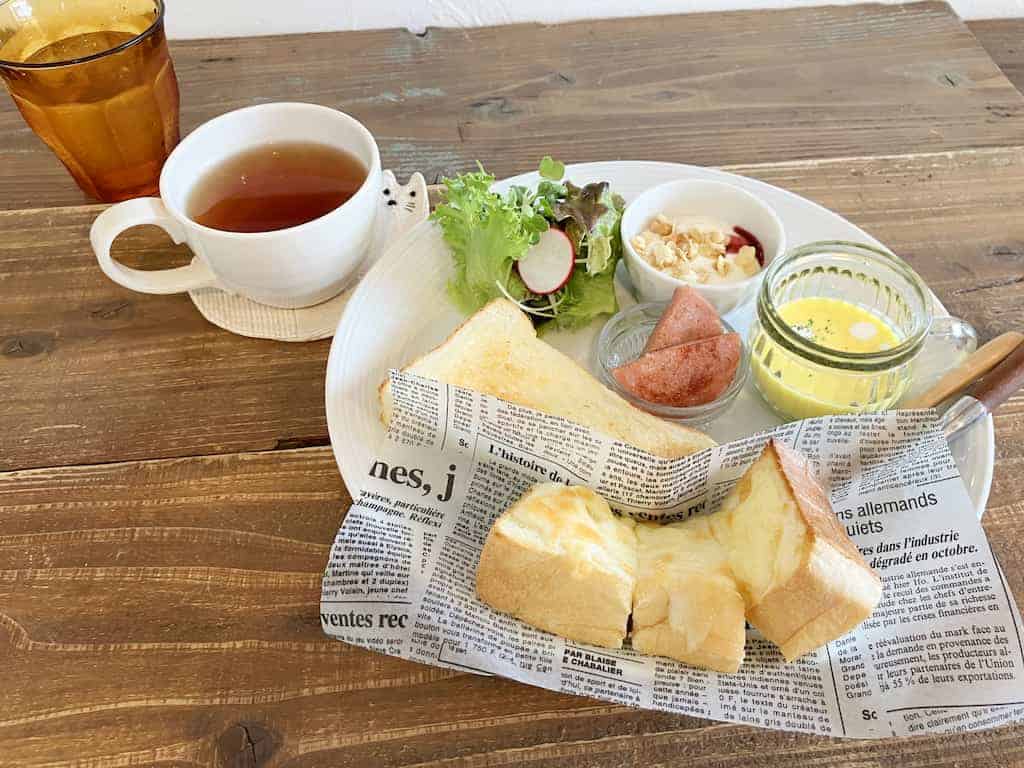

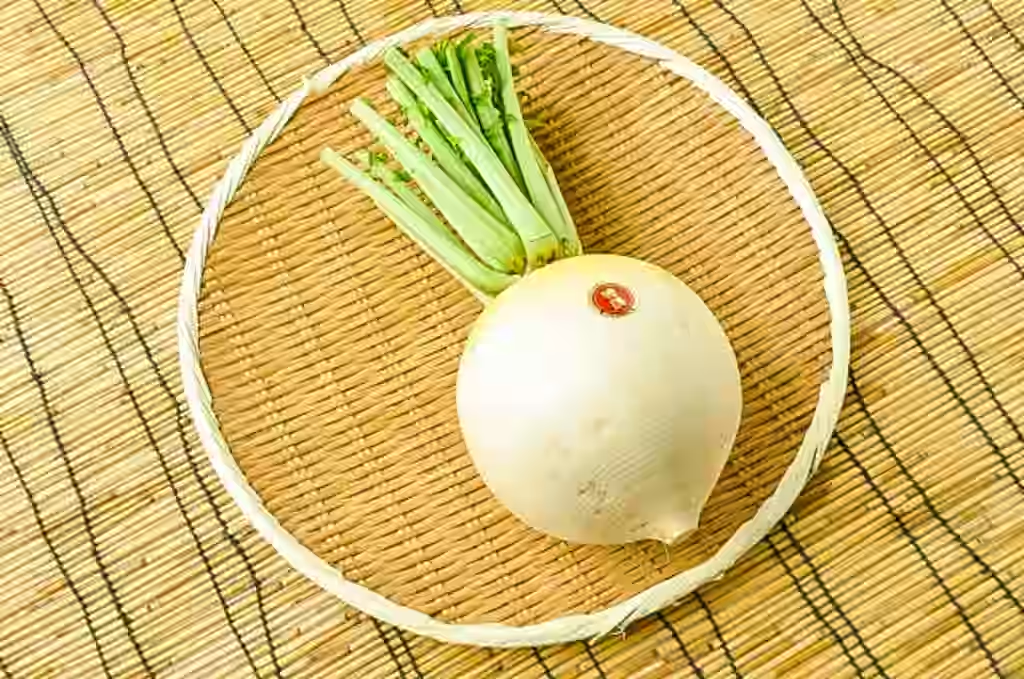
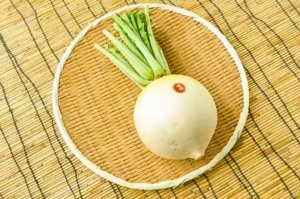
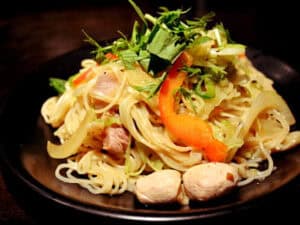
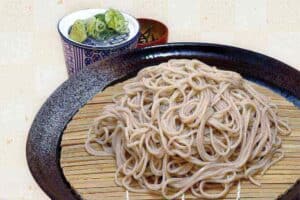
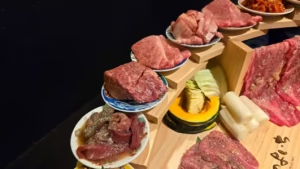
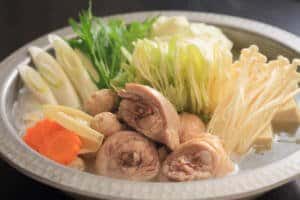
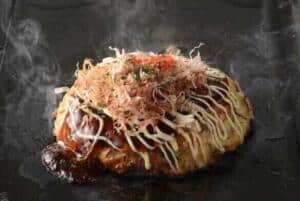
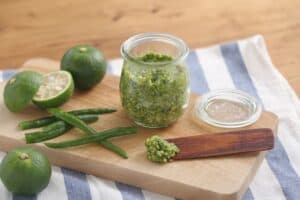
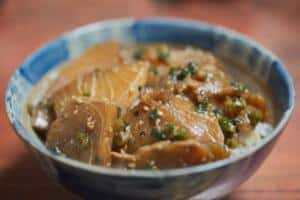

Comments